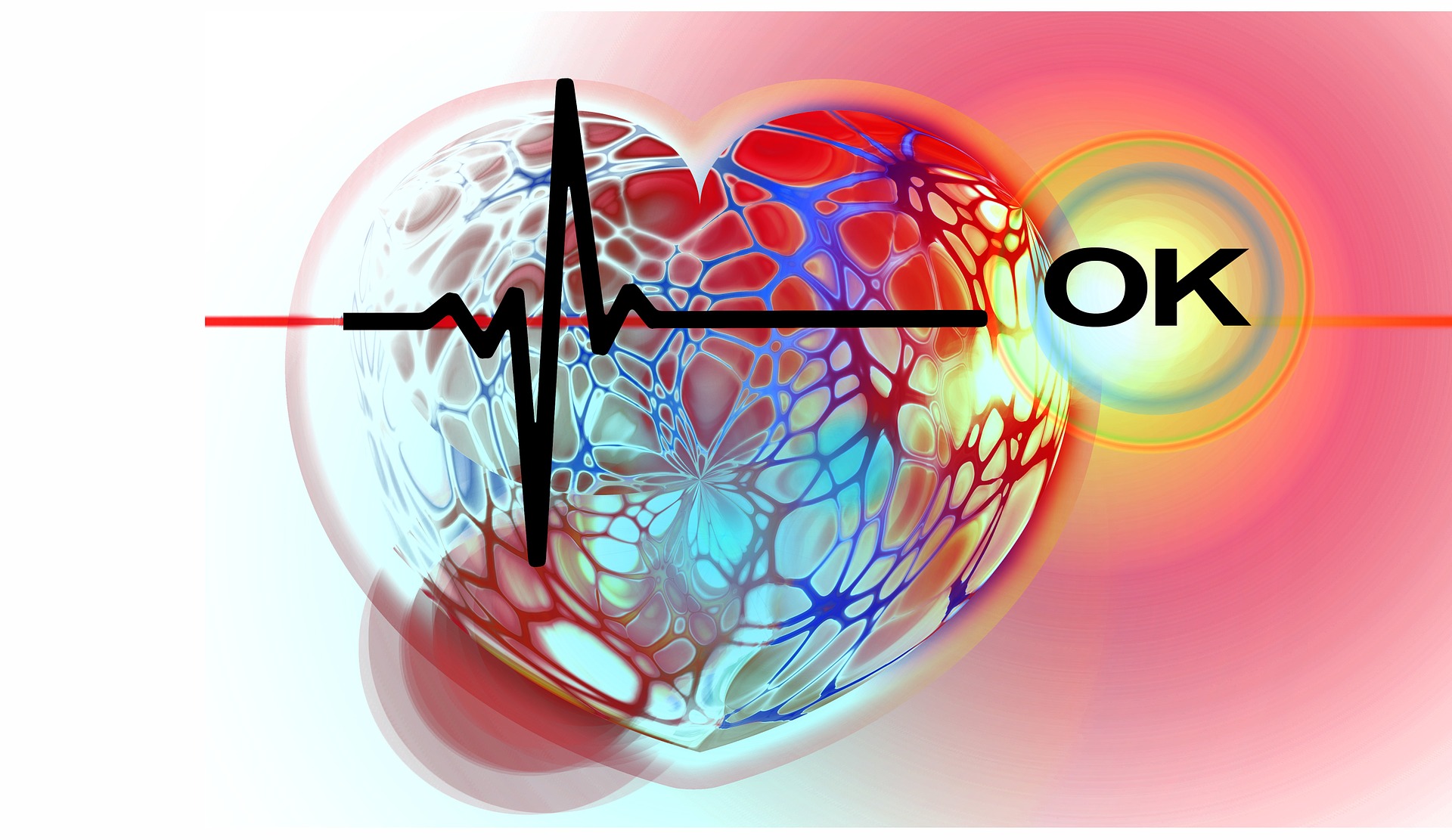Finding the right process model for your company has become a multi-billion dollar business for some. It does not need to be all that complicated. Most companies don’t care what the process model is as long as it helps clarify the processes and activities.
We believe that before you even attempt to define processes – let alone adopt a process model, you should be fairly certain about what your organisation is trying to achieve. Once you know this, and believe me it is sometimes well hidden from view, you will be able to define processes to help you achieve your organisation’s goals.
There are three distinct levels at which you need to define processes. The first level is normative or governance – basically the level where direction is given to the organisation. Typically the non-executive members of a board would be doing the activities defined in these processes. These include defining direction, strategic outcomes and policies for the organisation to follow. The activities in these processes would be designed to Monitor, Evaluate, Direct.
The next level of processes would address activities at the system management level. Systems in this case being the collection of processes or process models that define work at the lower levels. For example, the activities that are typically in a process at this level would have activities that concern the creation of processes in the operational level, the monitoring of results and the corrective actions that need to be put in place and modified to ensure operational success aligned with normative objectives. The Demming cycle of Plan, Do, Check, Act is valid here – the activities are NOT operational in nature though, they are Operational Design if you must have a label for them.
Finally, at the Operational Level processes are groups of activities that are done to achieve an output that contributes to achieving organisational goals / outcomes. The Demming cycle is also very applicable here.
A different view of a process model would be as follows:
- Level 1: Creates / finds and communicates the direction;
- Level 2: Creates / finds and communicates the right things to do;
- Level 3: Do things right.
Now, in the spirit of smart artefacts, can you think of the types of artefacts you would need to communicate and illustrate your process model, management framework and processes? Our next discussion will be about process artefacts and how they interact with each other.



